5 Ways to Celebrate PE & Sport Week in Your School … All Year Long!
SHAPE America
APRIL 18, 2023
SHAPE America’s National Physical Education & Sport Week (May 1-7) is a celebration of the importance of physical education and sport in the lives of kids of all ages. Download SHAPE America’s Activity Calendars each month and have your students complete the physical activities that build motor skills.

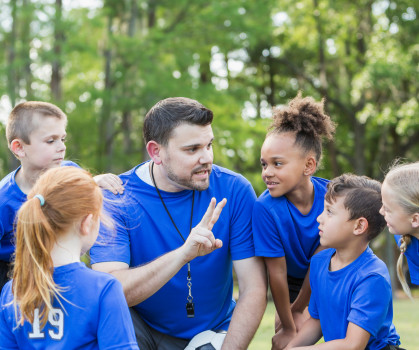

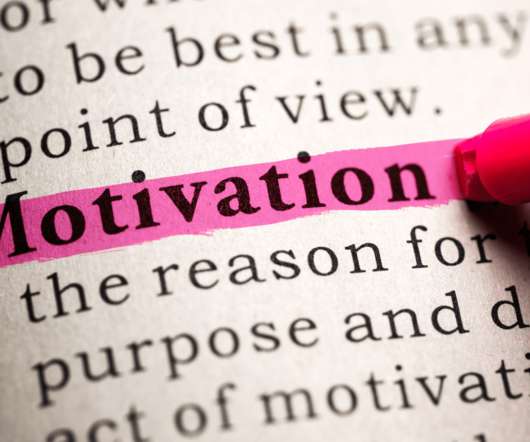
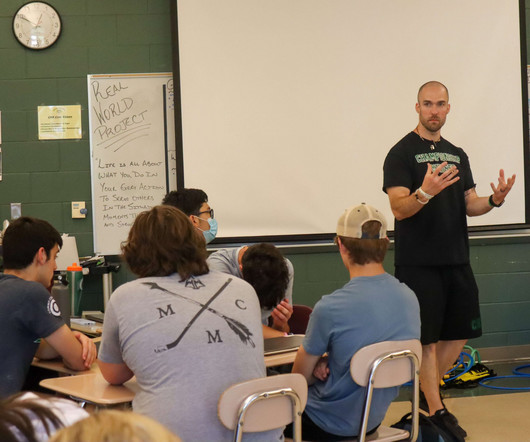
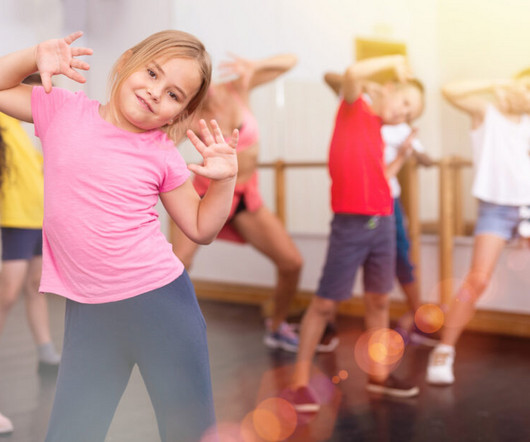
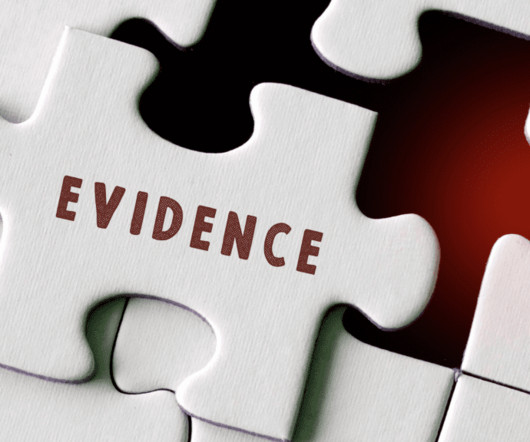
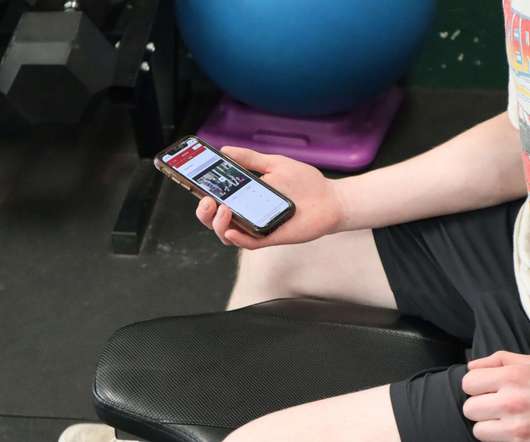
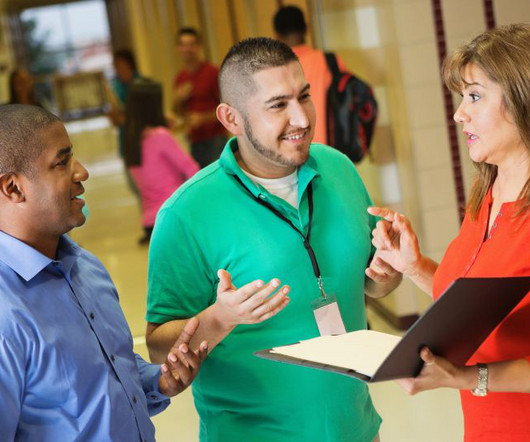
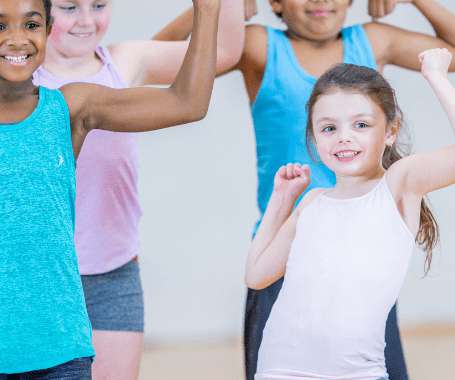
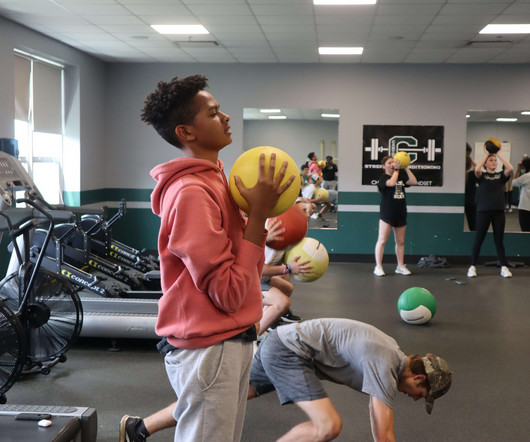
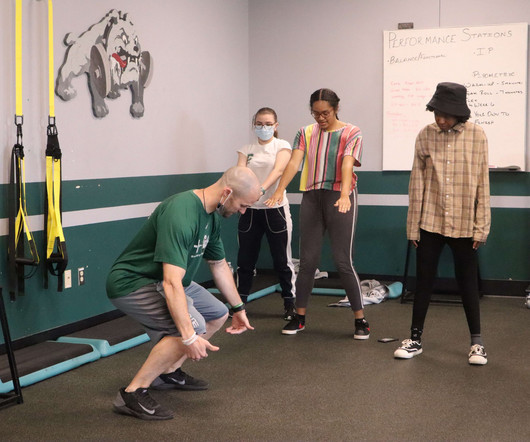
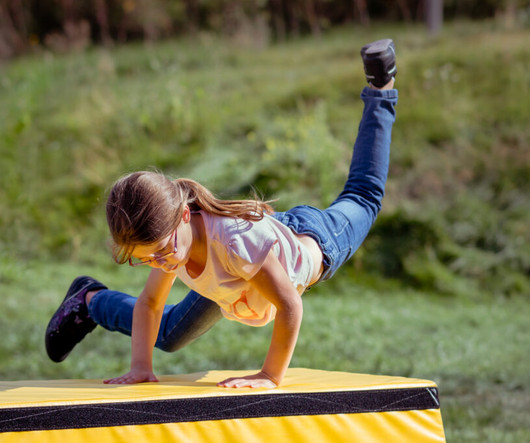
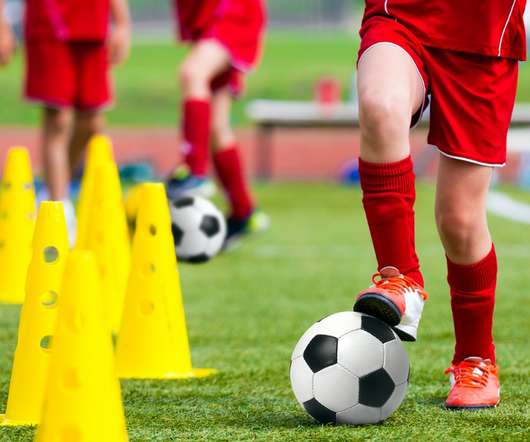
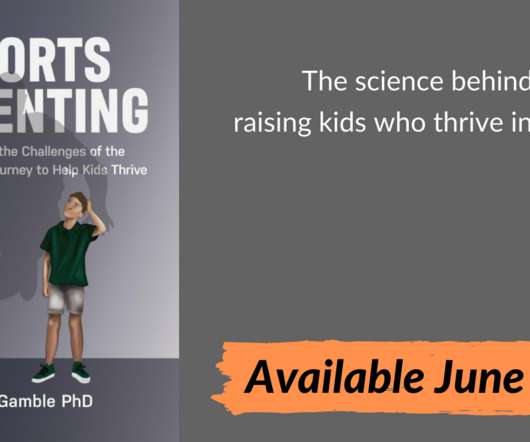






Let's personalize your content